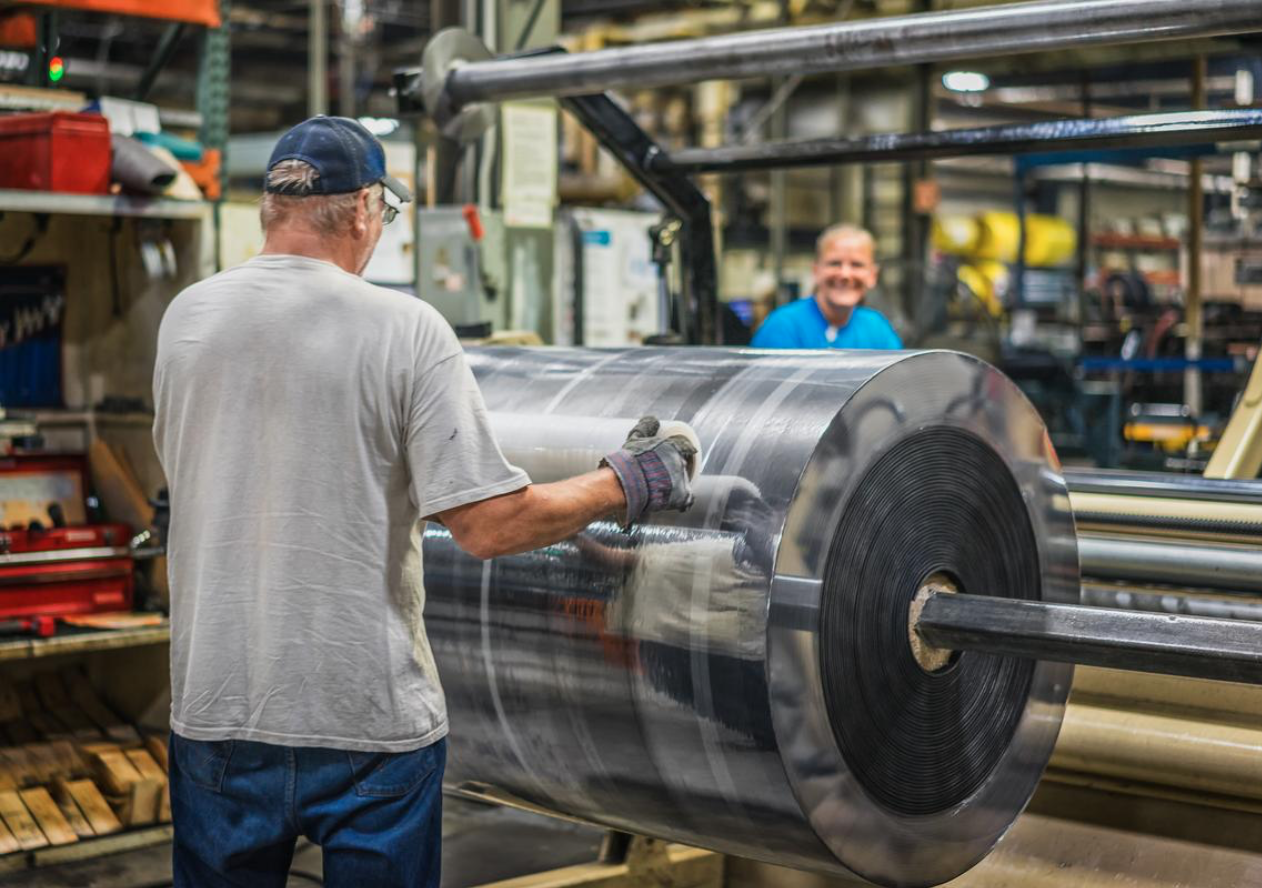WCCO Belting Endorses Sawmill Industry, Article in North America Farm Equipment Magazine

WCCO Belting’s new belting solution for infeed/outfeed conveyor systems in sawmills redefines performance – increasing belt life 70% while improving the efficiency of the operation to reduce cost. Read more about how this game-changing design built with the strength where you need it most.
When designing a belt, each raw material is chosen to achieve a specific level of performance. The cost drivers are the design and quality of these materials in relation to their physical weight. As a result, our team used our value innovation engineering strategy to investigate the application’s requirements.
We found the belt required improved properties, top cover protection (falling logs), carcass protection (cuts/gouges), impact protection, and improved slider back properties. The operating requirements were less downtime, improved operational efficiency, and energy consumption, and reduced total cost of ownership of the equipment. This information combined with our industry expertise lead to the formalization of both the raw materials and belt construction to increase the integrity of the carcass for longevity.
Redefining belt life in infeed/outfeed conveyor systems
A “line of defense” is defined as a way of defending oneself against risk. Our team used the same strategy when designing our log belt solution, building reinforcement throughout layers of rubber and fabric, for infeed/outfeed conveyor systems in sawmills. Tailoring the materials – as in increasing the value where the strength is needed and reducing properties not imperative to the application requirements – resulting in a product that drives uptime and efficiency throughout the whole operation.
Related to lines of defense, the cover of a conveyor belt is at the highest risk for abrasion in the movement of uncut logs. We augmented the abrasion and tear resistance properties of the top cover rubber compound to withstand wear, cuts, and gouges, and prevent premature belt failure by better protecting the carcass.
If a cut or gouge does occur and exposes the carcass, the design of the fabric and its puncture resistance is a critical second line of defense. WCCO’s log belt solution uses a custom-engineered fabric designed specifically to sawmill applications to increase puncture resistance and help the belt endure more abuse without buckling.
The rip/tear resistance of the fabric supports the third line of defense. It prevents the tear from quickly propagating, which risks expedited failure and increased service and replacement costs. Additionally, the log belt is further prepared to handle heavy load requirements by bringing the design together with increased tensile strength properties.
The most unique technology of WCCO’s log belt solution is our impact absorption layer. Built inside the belt carcass, it deflects impacts of incoming/outgoing logs up to 20% of the belt thickness, dissipating the impact energy across the body of the belt and not into the cover or carcass. This is especially critical when the conveyor belt is running on a pan instead of rollers.
Improved properties using custom high-grade rubber and fabric, combined with a low-profile belt construction, reduces the weight of the belt by 27%. This results in a 30% improvement in energy savings from weight, drag, and rolling resistance. A lower profile design also put less stress on the splice leading to a longer belt life.

